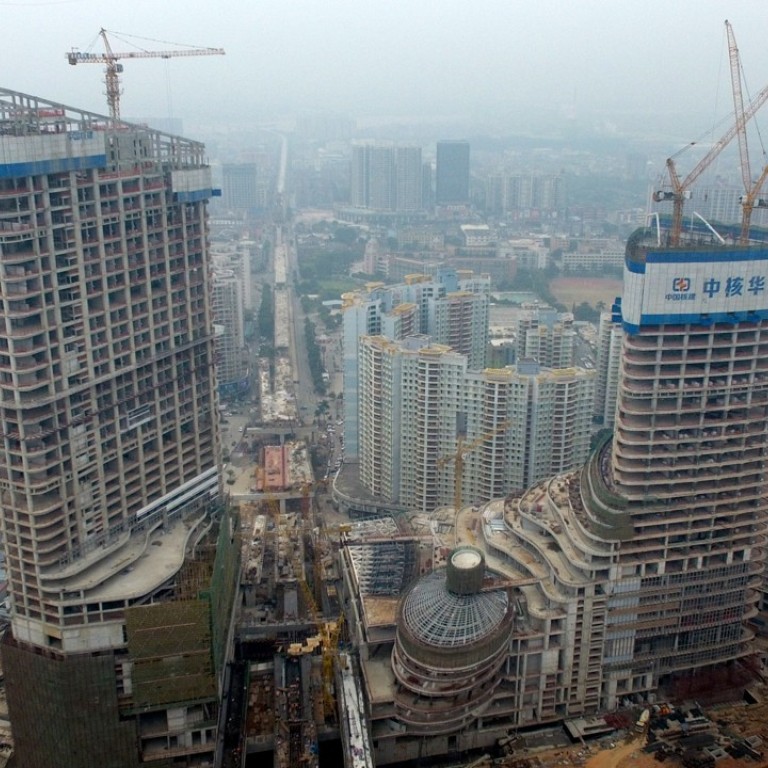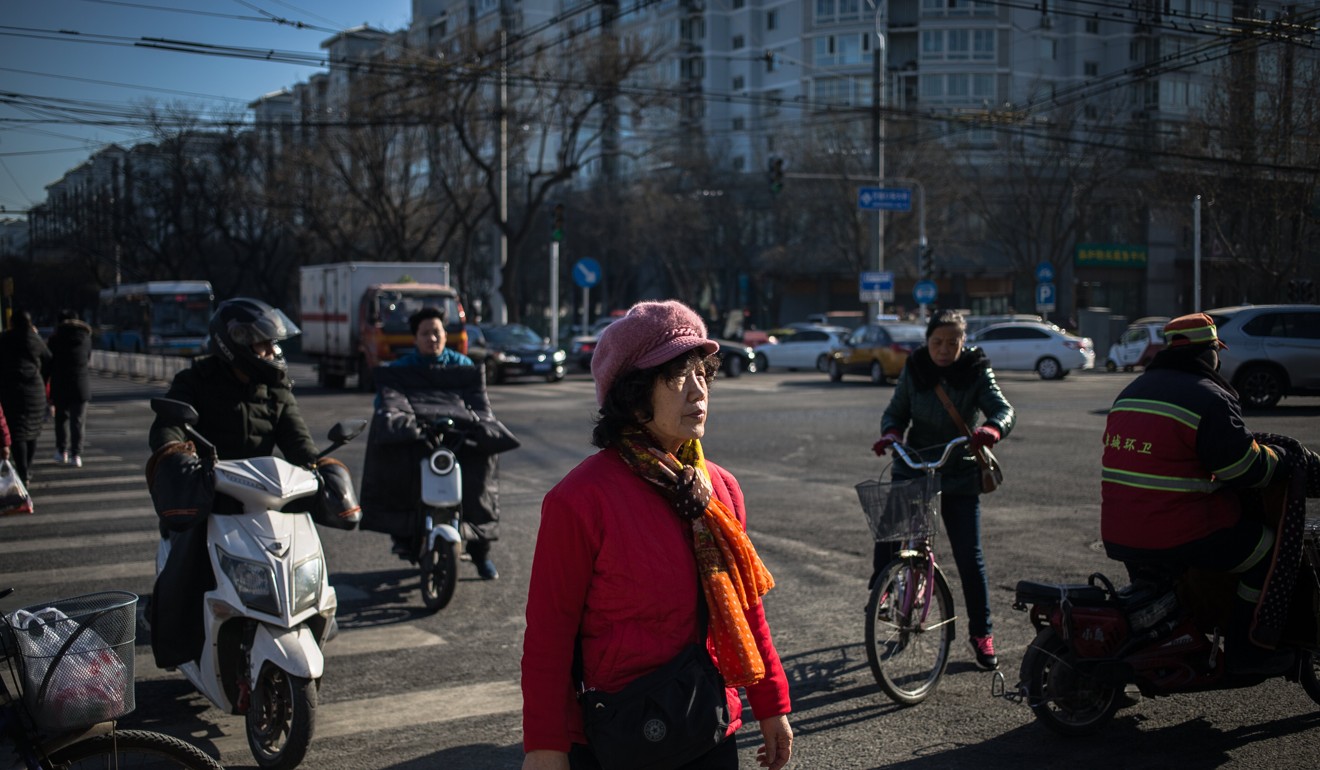
China ranks provinces, cities on efforts to clean up environment
‘Green development’ index published for first time, with Beijing topping the list
China published its first “green development” index on Tuesday, listing regional governments which promote environmentally friendly development, with Beijing coming out top, although it came second-to-last in a survey of public satisfaction.
The heavily polluted capital was first in the ranking of 31 provinces and regions for 2016, which was published by the National Bureau of Statistics, followed by Fujian and Zhejiang provinces. Tibet and Xinjiang were the lowest ranked regions.
Hebei province, which surrounds Beijing and is home to several cities with some of the worst air pollution in the world, was ranked 20th.
President Xi Jinping said in October that fighting pollution was one of China’s key tasks to 2020 and the government has vowed to reduce air pollution across 28 northern cities this winter.
“By measuring overall progress on ecological civilisation construction over the last year, the annual evaluation guides all regions to push forward green development and implement ecological civilisation construction,” statistics bureau head Ning Jizhe wrote in a note along with the data release.

Beijing was top in the green index, but the capital came in 30th out of 31 regions in a separate survey of public satisfaction with the environment published along with the green index data on the statistics bureau website.
Tibet came in first in public satisfaction with the environment.
In explaining the discrepancy, Ning wrote that the two indicators measured different things.
The green index was based on 55 statistical parameters and took into account investment in cleaning up the environment and use of resources, and reflected progress on moving towards a better environment.
China plans to conduct the evaluation annually, Ning said.

